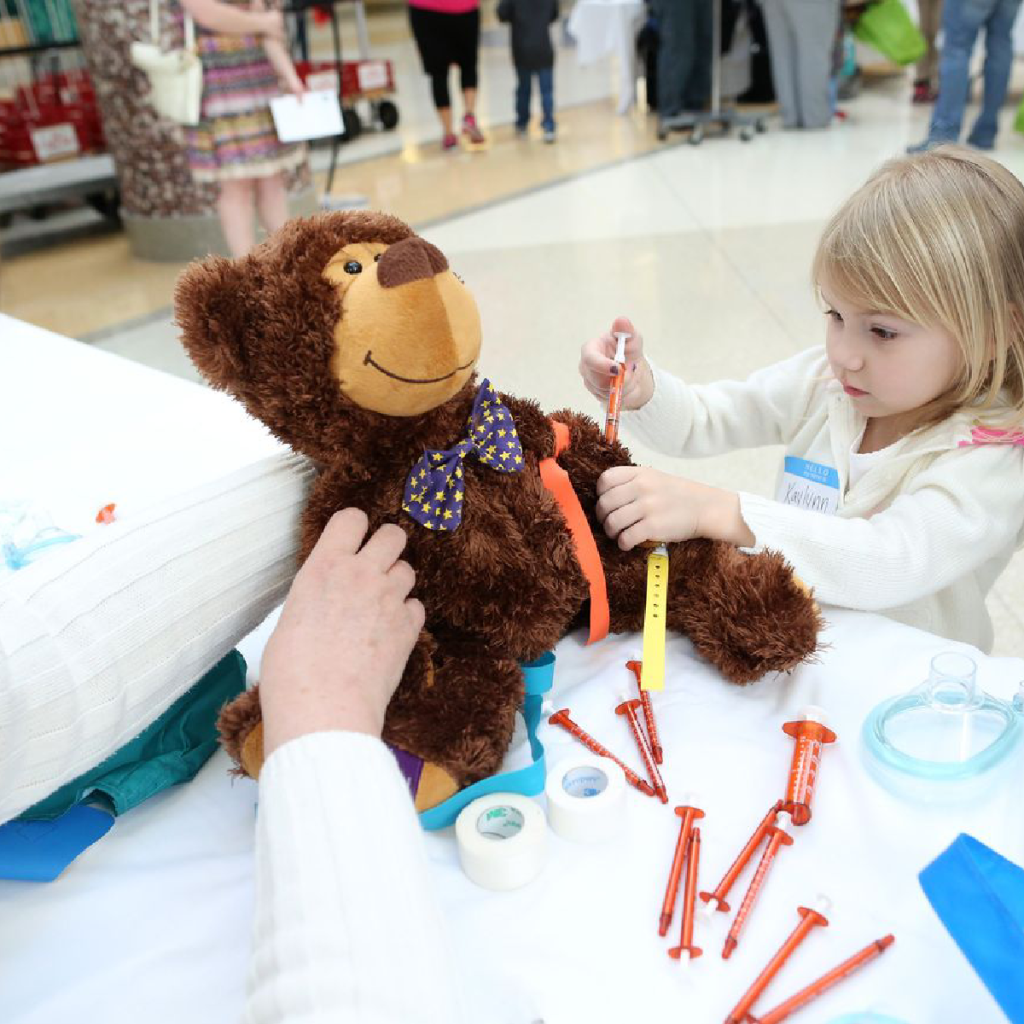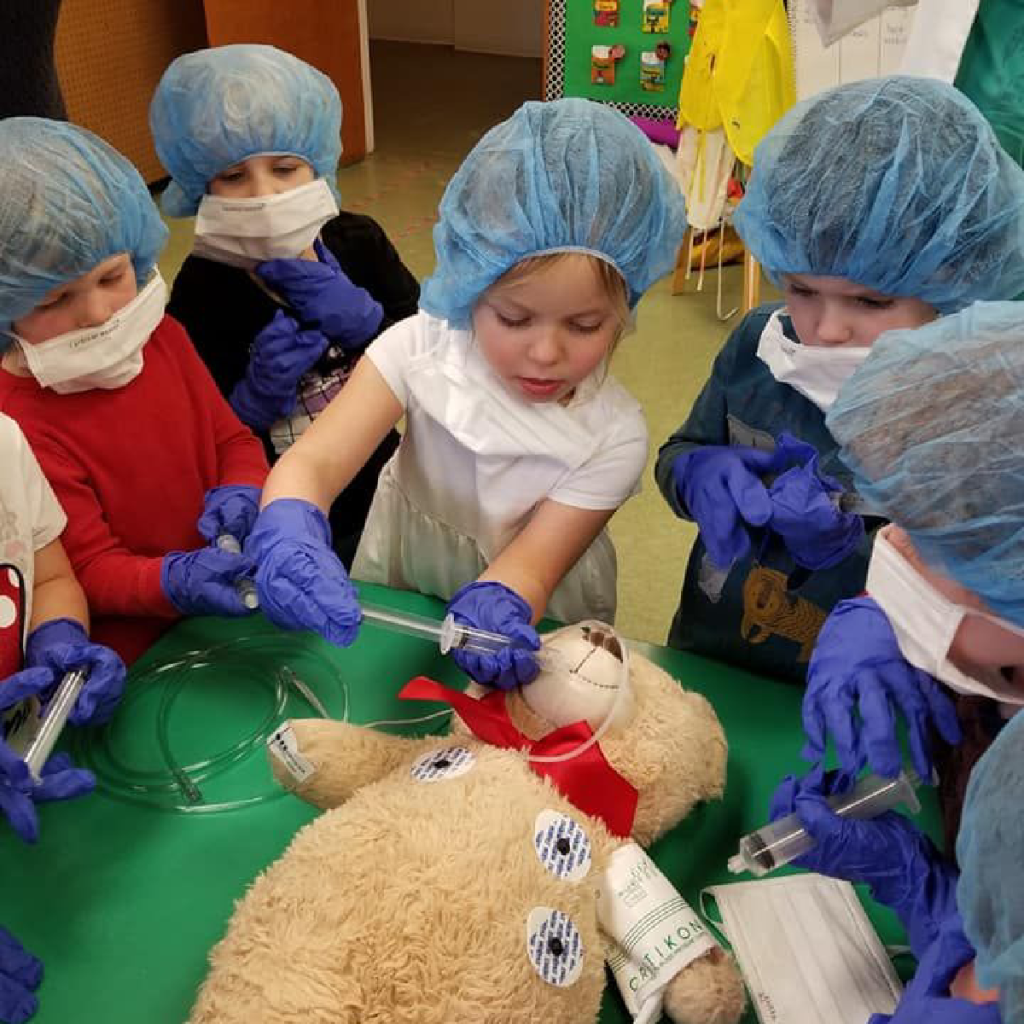Discover effective strategies for teaching basic first aid to 3-4 year old children.
Teaching Basic First Aid to 3-4 Year Old Children
Teaching first aid to young children may sound like a daunting task, but it doesn’t have to be! In fact, it can be a fun and engaging way to empower them with important life skills. By starting early and using child-friendly teaching methods, you can help your little ones develop the knowledge and confidence to respond in an emergency. So why wait? Let’s dive into the world of teaching basic first aid to 3-4 year old children!

Understanding the Importance of First Aid for Toddlers
Before we jump into teaching first aid, let’s take a moment to appreciate the significance of this valuable skill for toddlers. Accidents happen, especially in the curious and adventurous world of a child. Whether it’s a scraped knee, a bruise, or a potential choking hazard, having basic first aid knowledge can make all the difference. By teaching our little ones how to react and respond in an emergency, we can help keep them safe and even save lives.
Imagine a scenario where a toddler is playing with their toys and suddenly trips, hitting their head on the corner of a table. The child starts crying, and as a parent or caregiver, you rush to their side. With your knowledge of first aid, you quickly assess the situation, checking for any signs of a concussion or a more serious head injury. You know the importance of keeping the child calm and applying a cold compress to reduce swelling. Your swift actions not only alleviate the child’s pain but also prevent any further complications.
The Role of First Aid in Child Safety
First aid plays a crucial role in ensuring the safety and well-being of children. It equips them with the ability to take immediate action when faced with an injury or accident. By teaching them how to clean a wound or respond to choking, we empower them to be proactive in their own safety. It also instills in them a sense of responsibility towards the well-being of others, as they learn to assist their playmates or even family members in need.
Imagine another scenario where a group of toddlers is playing at a playground. Suddenly, one of the children falls off the swing and hurts their arm. As a child who has been taught first aid, they immediately rush to their friend’s aid. They remember the importance of immobilizing the injured limb and quickly fashion a makeshift splint using a stick and a scarf. Their actions not only provide comfort and support to their friend but also demonstrate the power of empathy and compassion.
Why Teach First Aid to 3-4 Year Olds?
Now, you might be wondering why it’s important to teach first aid to children as young as 3-4 years old. Well, the answer lies in the incredible ability of young minds to grasp and retain information. By starting early, we can establish a solid foundation of knowledge and skills that can be built upon as they grow older. Plus, teaching first aid at this age helps to create a positive association with safety and health, fostering a lifelong habit of responsible decision-making.
Imagine a group of 3-4 year olds gathered in a classroom, eagerly learning about first aid. They listen attentively as their teacher explains the importance of recognizing and responding to common injuries. Through interactive activities and role-playing, the children learn how to apply bandages, perform basic CPR, and even call for emergency help. These young minds absorb the information like sponges, excitedly sharing their newfound knowledge with their parents and friends.
Basic First Aid Skills Suitable for Toddlers
When it comes to teaching first aid to toddlers, we need to focus on skills and concepts that are developmentally appropriate and easy for them to understand. Let’s explore some basic first aid skills that are perfect for our little ones:
Identifying Safe and Unsafe Objects
One of the first skills we can teach our 3-4-year-olds is how to identify safe and unsafe objects. By helping them understand what is safe to touch and play with, we can minimize the risk of accidents. We can turn this into a game by showing them different objects and discussing why some are safe and others are not. For example, a soft stuffed animal is safe to play with, while a sharp knife is definitely off-limits.
Furthermore, we can expand on this skill by teaching them about potential hazards they may encounter in different environments. For instance, we can explain that certain plants or insects in the garden may be unsafe to touch, or that electrical outlets and cords should be avoided. By providing them with this knowledge, we are equipping them with the ability to make informed decisions and stay safe in various situations.
Simple Steps for Cleaning a Wound
Wounds are a common occurrence in childhood, so teaching our little ones how to clean them properly is essential. We can break down the process into simple steps and use visual aids like pictures or dolls to demonstrate. By showing them how to wash their hands, gently clean the wound with water, and apply a bandage, we can empower them to take care of minor injuries on their own.
In addition to teaching them the basic steps, we can delve deeper into the importance of wound care. We can explain that cleaning a wound helps prevent infection and promotes faster healing. We can also discuss the different types of wounds they may encounter, such as cuts, scrapes, or bruises, and explain the appropriate first aid measures for each. By providing them with this comprehensive understanding, we are instilling in them a sense of responsibility for their own well-being.
Recognizing and Responding to Choking
Choking can be a scary situation, but by teaching our toddlers how to recognize the signs and respond appropriately, we can help them stay calm and take action. We can demonstrate the universal choking sign and show them how to call for help. Additionally, we can teach them basic back blows by using gentle tapping motions on their back. Remember, repetition is key, so practice these skills regularly in a playful and supportive environment.
Furthermore, we can expand their knowledge by discussing the importance of prevention when it comes to choking hazards. We can explain that certain foods, such as small hard candies or grapes, can pose a choking risk and should be eaten carefully or avoided altogether. By educating them about potential dangers and providing them with the skills to respond, we are empowering our toddlers to be proactive in keeping themselves and others safe.
Teaching Methods for First Aid Education
Now that we have explored the basic first aid skills suitable for toddlers, let’s dive into some fun and effective teaching methods to make the learning process enjoyable for our little ones:
Using Visual Aids for Teaching First Aid
Visual aids like posters, flashcards, and even videos can work wonders when it comes to teaching first aid to young children. These colorful and engaging tools can help illustrate important concepts and actions in a way that is easy for them to understand.
For example, you can create a poster that shows different types of injuries, such as cuts, burns, or bruises, and the appropriate first aid response for each. This visual representation not only captures their attention but also helps them remember the steps involved in providing aid.
In addition to creating your own visual aids, there are also existing resources specifically designed for teaching first aid to kids. These resources often feature child-friendly illustrations and interactive elements that make learning even more exciting.
Incorporating Play in First Aid Lessons
Children learn best through play, so why not incorporate it into our first aid lessons? By turning learning first aid into a fun game, you can capture their interest and make the experience enjoyable.
One way to do this is by role-playing different scenarios with your little ones. Let them be the “doctor” and you can play the “patient.” This interactive approach not only makes learning enjoyable but also helps them develop problem-solving skills as they think about how to respond to various emergencies.
For example, you can set up a pretend first aid station where they can practice bandaging a teddy bear’s “injury” or performing CPR on a mannequin. This hands-on experience allows them to apply what they have learned in a safe and engaging environment.
Reinforcing Lessons with Repetition and Practice
Repetition is key when it comes to helping children retain information. To ensure that the first aid skills stay fresh in their minds, incorporate regular practice sessions.
Set aside some time each week to review what they have learned and practice the various skills. This could be as simple as going through the steps of cleaning a pretend wound or demonstrating the proper technique for performing back blows.
Remember to keep the atmosphere light-hearted and encouraging to maintain their interest and engagement. You can even turn these practice sessions into a friendly competition by timing their response or awarding certificates for completing certain tasks.
By reinforcing the lessons through repetition and practice, you are not only helping them remember the skills but also building their confidence in applying first aid when needed.
Overcoming Challenges in Teaching First Aid to Toddlers
Teaching first aid to toddlers can present its fair share of challenges, but with a little creativity, patience, and understanding, we can overcome them and make the learning journey enjoyable for both the children and ourselves:

Addressing Short Attention Span
Toddlers are known for their short attention spans, so it’s important to keep lessons concise and engaging. Break down the information into bite-sized chunks and present it in an interactive and lively manner. Use props, toys, or even songs to capture and maintain their attention. Remember, a playful and dynamic approach can go a long way in keeping them interested and eager to learn.
Ensuring Comprehension of First Aid Concepts
While teaching first aid to toddlers, it’s crucial to ensure that they understand the concepts being taught. Use age-appropriate language and simplify complex ideas to make them easily digestible. Ask questions throughout the lesson to gauge their comprehension, and adapt your teaching style accordingly. Real-life examples and relatable scenarios can also help reinforce their understanding and make the lessons more relatable.
Dealing with Fear or Anxiety about First Aid
Some toddlers may feel fearful or anxious when it comes to learning about first aid. It’s essential to create a safe and supportive environment where they feel comfortable expressing their emotions. Encourage open dialogue and validate their feelings. Use stories or friendly characters to illustrate that first aid is all about helping and taking care of each other. By addressing their fears and providing reassurance, we can help them overcome any anxieties they may have.
Conclusion
Teaching basic first aid to 3-4 year old children can be an exciting and rewarding experience. By understanding the importance of first aid for toddlers, focusing on developmentally suitable skills, utilizing engaging teaching methods, and overcoming challenges, we can empower our little ones with the knowledge and confidence to respond in an emergency. So let’s embark on this playful journey of learning and safety, one step at a time!



